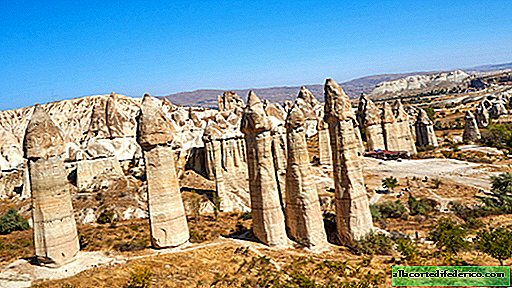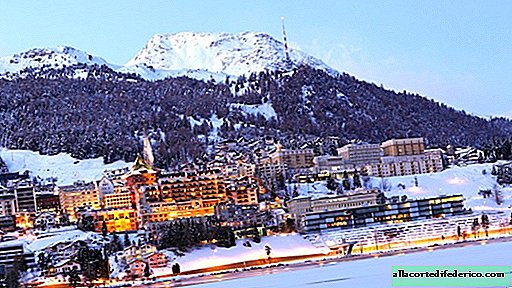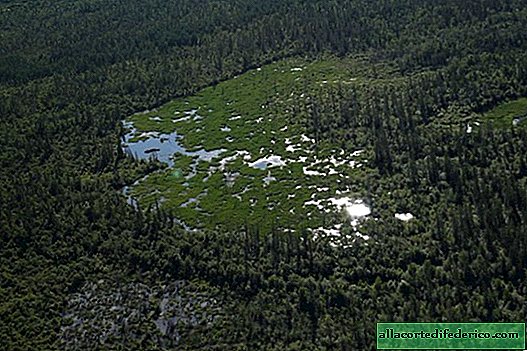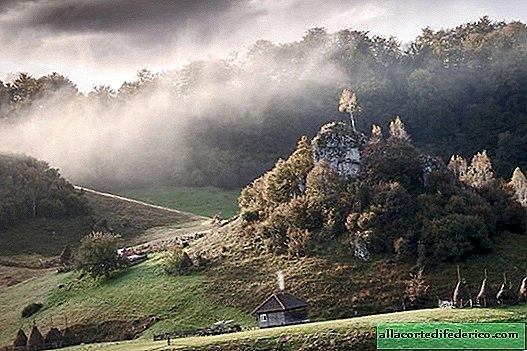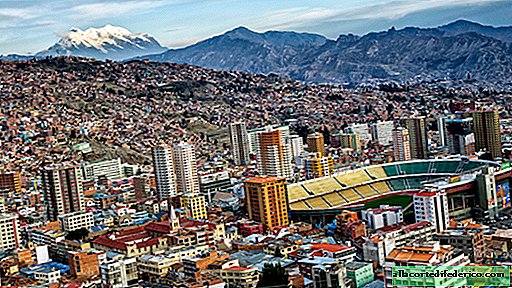"Three parallel rivers" - the most beautiful national park in China
In the southwestern part of China there is an amazingly beautiful place where the three greatest rivers of Asia flow parallel to each other, and their marvelous valleys are very close. This is the headwaters of the Yangtze, Mekong and Saluin rivers, in the Sichuan Alps, which were combined in one of China’s most delightful national parks called “Three Parallel Rivers”.
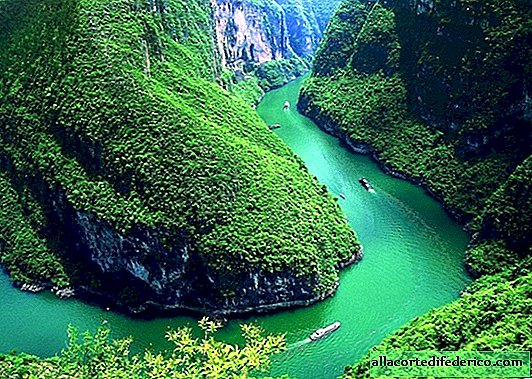
The Sichuan Alps are often called the Sino-Tibetan mountains, which stretch east of the Tibetan plateau. It is in this place that three full-flowing rivers originate, which for 170 kilometers flow in a southerly direction, separated by parallel ridges. This natural phenomenon is no longer anywhere in the world. After reaching a lower mountain section, the three rivers separate and never meet again. The Yangtze River, after turning east, is destined to become not only the greatest river of China, but also the longest and most full-flowing river of the continent, the Mekong will continue its southern direction and become the main river at once in three countries - Thailand, Cambodia and Laos, well, Saluin will also carry its waters to south to the Andaman Sea.

Since the absolute height of the eastern outskirts of the Tibetan Plateau reaches 5-6 thousand meters, the rivers, breaking through them to the south, formed deep valleys, reaching 3000 meters in some of their sections. There are many picturesque gorges and valleys in the park, to which tourist routes are laid.

But this place is interesting not only for three parallel rivers. Due to the significant elevation difference and a very rugged topography, a high level of biodiversity can be observed here. On a relatively small countrywide scale, more than ¼ of all species of living organisms found within China are found here. Of course, the diversity of plants is also great here - more than 6,000 plant species were recorded in the park. Such an abundance, unique from a biological point of view, is possible not only due to a combination of diverse relief and climatic parameters, but also because of the inaccessibility of the region. This part of Yunnan has a very low population density, and human activities are limited to the activities of several national villages and the organization of tourism.











